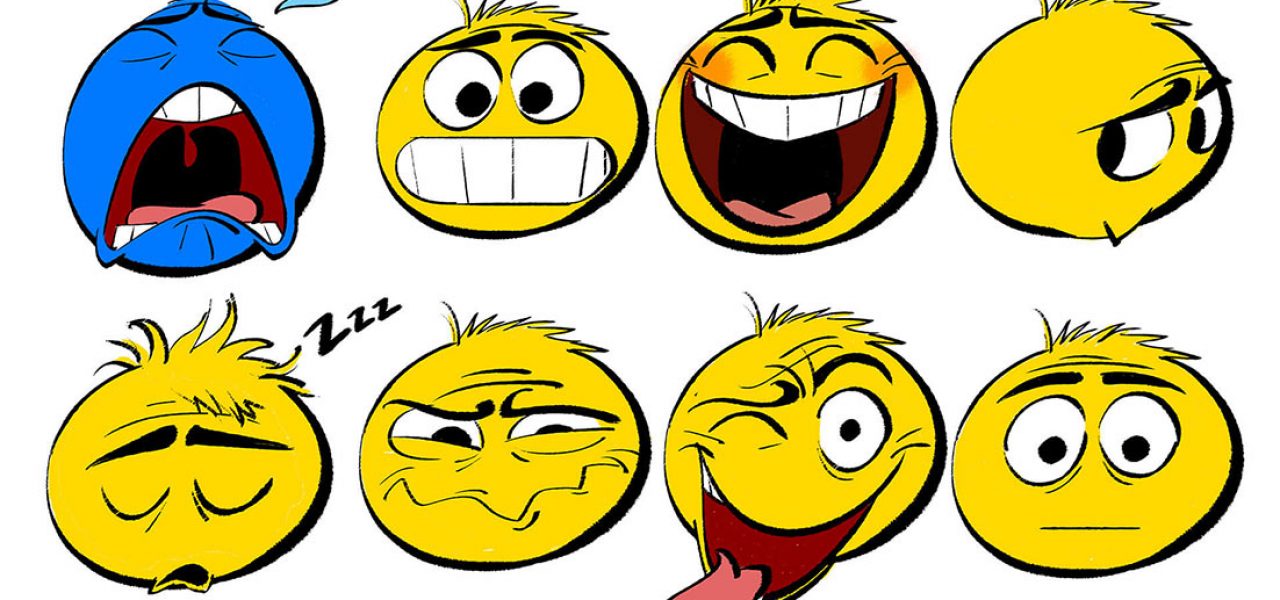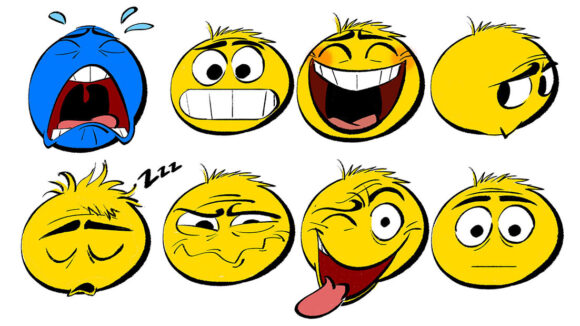

‘The Emoji Movie’ Did Something Right By Creating A Free, Digital Art-Of Book
Not every American animated feature released nowadays needs – or frankly even deserves – a printed art-of or making-of book.
But that doesn’t mean that the work created for animated features doesn’t deserve to be seen. Highly skilled creative talents make contributions to every animated feature, and their work can provide valuable insights into a film’s development process and enhance a viewer’s appreciation of a film.

So, what’s to do when studios don’t print a book? After a film is released, studios generally allow their artists to share their work on-line. The responsibility falls on individual artists to publish their art, but good luck for fans trying to find it. We tried compiling some of the art from Illumination’s Sing and Secret Life of Pets, both of which lacked printed art books, but artists don’t all post their work online at the same time, and some never do. When it is posted, it’s spread out in all corners of the web — Instagram, Tumblr, Vimeo, Twitter, and personal blogs — and finding it all can be a job in itself.
A better option would be for the studio itself to make the artwork available online. That’s exactly what Sony Pictures Animation decided to do for The Emoji Movie, and while I can’t say for certain whether this the first time a major U.S. studio has done something like this, it is the first time I’ve personally seen it.

The Art of The Emoji Movie sub-site is structured in many ways like a standard printed art-of book. It includes a foreword by director/writer Tony Leondis and introduction by the production designer Carlos Zaragoza, followed by sections of character and environment work based on the different worlds of the film, and concluding with color scripts.

There’s some key advantages to the digital art of book. For starters, the quality of digital files is often better than what you’ll find printed in a book. In this Emoji book, the pieces are presented at a respectable size and in an easily downloadable format for those who want to save the images for personal reference or inspiration.
There’s other benefits, too. Digital platforms allow for cross-referencing and hyperlinking; this book organizes the artwork not just by worlds, but by individual artists. If you enjoy one artist’s particular style, just click on their name to see a gallery of all the other pieces they created for the film. This type of overview for each individual artist is simply not possible in a print book.
And perhaps best of all, digital books aren’t limited to just images. The Art of Emoji Movie also includes videos, like animation tests, model turnarounds, and a short sequence progression reel that shows some of the film’s production stages. That just scratches the surface of what’s possible – imagine adding voice record sessions, discussions with artists, studio tours, and all sorts of other goodies. When I used to write these art-of books for the studios, I often dreamed of including more than just static images, and now it’s possible.
As more and more pre-production artists shift from working with traditional media to digital, the hassles of scanning and color correcting artwork has also been eliminated. Inexpensive to produce and environmentally friendly, a digital art book is a no-brainer for studios that aren’t producing print books. And The Emoji Movie, of all movies, is the one that has proven the idea works.
Artwork in header: Shannon Tindle

.png)